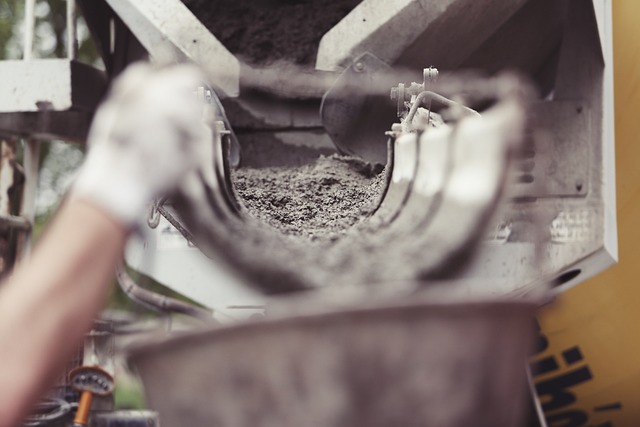Holcim aims to become nature-positive by restoring and preserving biodiversity and water while bringing more nature into cities. Its strategy includes reducing water intensity to 211 liters per ton of cement by 2030 – a 30% reduction from the 2018 baseline.
The company’s positive impact on biodiversity is based on transformative rehabilitation plans and measured by a science-based methodology developed in partnership with the International Union for Conservation of Nature (IUCN). Preserving water across its business, Holcim targets to replenish freshwater in water-risk areas by 2030 while lowering water intensity across all its product lines.
Holcim will also accelerate the deployment of solutions such as Hydromedia and green roof systems for more livable urban environments.
“With nature at the heart of everything we do, I am pleased that we are taking significant steps to improve our biodiversity and water stewardship in a measurable and science-driven way,” said Magali Anderson, Holcim chief sustainability and innovation officer. “Building on our net zero commitment, our nature-based solutions play a vital role in reducing the impact of climate change and increasing our business’ resilience. Becoming nature-positive plays a critical role in our vision to build progress for people and the planet.”



